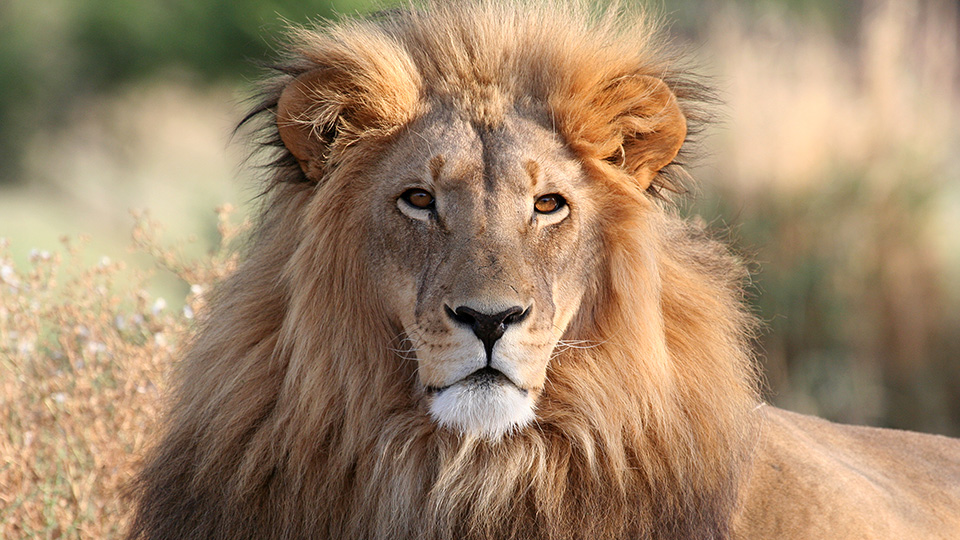Namibia has sights, sounds, aromas, tastes and emotions in abundance waiting for you to experience. From the dark waters of the Atlantic Ocean, to the dusty plains of the Kalahari; awesome contrasting landscapes, the spectacular vistas of the geological formations in Damaraland, the colourful palette of the monumental dunes near Sossusvlei and the lush green vegetation of the Caprivi; mere mortals stand in wonder at this breathtaking beauty.
How to get there
Transportation to Namibia is usually by air, with direct flights from Johannesburg and Cape Town, as well as direct international flights from Frankfurt. Hosea Kutako International Airport is situated 45 km's east of Windhoek, as strong prevailing winds and high mountain ranges render the Windhoek valley unsuitable for large planes to land.
Travel with children
All minors travelling through Namibia, Botswana and/or South Africa borders will be required to produce certified copies of unabridged birth certificates in addition to their valid passports. In the event that one parent is not travelling with the child, the other parent’s affidavit consenting to such travel should be availed. However, an affidavit will not be required if the father’s name does not appear on the child’s birth certificate.
- Travellers should at all times carry unabridged (full) birth certificates of the children, in addition to the children's passports;
- Adults travelling with children that are not their biological children should be in possession of an affidavit (sworn statement deposed to before a commissioner of oaths) from the child's parents consent that the child may travel with the particular traveller;
- When a child is travelling with anyone other than his or her own parents, the traveller should have copies of the identity documents / passports of the parents or legal guardian/s of the child. Contact details of the parents or legal guardian of the child should also be at hand.
- If a child is travelling with only one parent, the other parent should, by way of affidavit, provide consent for the child to travel with the other parent.
- Where applicable, travelers should be in possession of a death certificate of the other parent registered as a parent of the child on the birth certificate.
- Any unaccompanied minor may be required to produce:
- Proof of consent from one or or both his or her parents or legal guardian, as the case may be, in the form of an affidavit for the child to travel,
- letter from the person who is to receive the child, containing his or her residential address and contact details where the child will be residing;
- a copy of the identity document or valid passport and visa or permanent residence permit of the person who is to receive the child; and
- the contact details of the parents or legal guardian of the child.
Credit Cards
International Visa, Diners Club, American Express and MasterCard credit cards are generally accepted, while the Speedpoint and ATM facilities assure quick and efficient service. Holders of other card types are advised to clarify whether their card qualifies as an acceptable payment method in Namibia. You have the possibility to exchange foreign currency at a number of hotels and lodges throughout the country. Note: No credit cards are accepted at petrol service stations.
Local time
Namibia’s summertime is two hours ahead of GMT from the first Sunday in September to the first Sunday in April. Wintertime is one hour ahead of GMT, from the first Sunday in April to the first Sunday in September.
Currency
The Namibia Dollar (N$) equals the South African Rand (ZAR) 1:1. The South African Rand is legal tender in Namibia and is accepted throughout for payment. Denominations: 5c, 10c, 20c, 50c, N$1, N$5, N$10, N$20, N$50, N$100, N$200.
Water
Tap water is safe to drink throughout the country, except for isolated rural areas, where the consumption of filtered or bottled mineral water is recommended.
Electricity
220/240 Volts AC. Round two or three-pole 15 amp plugs are used, it is advisable to buy an appropriate adapter before leaving home.
Health and entry requirements
Due to the hot dry climate Namibia is virtually free of tropical diseases, therefore health certificates are not normally required. Visitors arriving from a yellow fever zone require a valid international yellow fever inoculation certificate. Anti malaria prophylactics area advisable if visiting the north of Namibia. A valid passport, which is valid for 6 months beyond intended departure, is required. Contact your nearest Namibian Tourism Board office or Namibian Embassy for an updated list.
Medical Services
All major centres have state-run hospitals and in Windhoek there are currently three world-standard hospitals. Doctors are listed under ‘Classified Medical Listings’ in the local telephone directory. As Namibia is such a vast country, emergency medical evacuation services extend to the furthest corners of Namibia and are supported by a well-developed charter industry and a good road network. Insurance covering travel, accidents, illness and hospitalisation is advised for the duration of your stay and must be arranged at time of booking.
Climate
Seasons are opposite to those of the northern hemisphere. Namibia averages 300 days of sunshine a year! The climate is typical of a semi-desert country where droughts are a regular occurrence. September to April are summer months with the rainfall season from October to April. Winter ranges from May – August. At the coast hot east-wind weather may occur during winter times.
The average temperatures in degrees Celsius are:
Windhoek: 15°C - 35°C (Summer); 7°C - 28°C (Winter)
Swakopmund: 12°C - 22°C (Summer); 9° - 18°C (Winter)
Fish River Canyon: 17°C - 34°C (Summer); 6°C - 27°C (Winter)
Etosha National Park: 17°C - 32°C (Summer); 7°C - 26°C (Winter)
Average rainfall figures vary from less than 50 mm along the coast to 350 mm in the central and 700 mm in the far northeastern regions.
Language
The official language is English but German and Afrikaans are widely spoken and understood. Namibia has 15 ethnic groups with some 27 languages and dialects being spoken.



